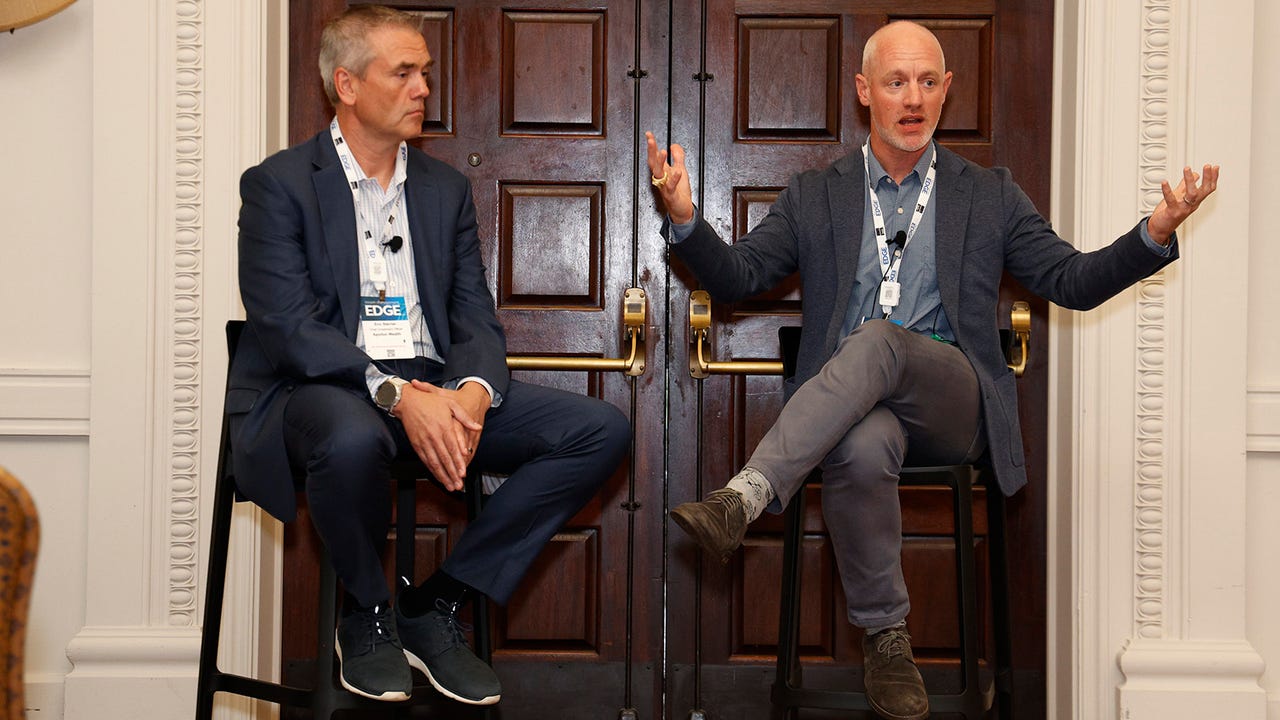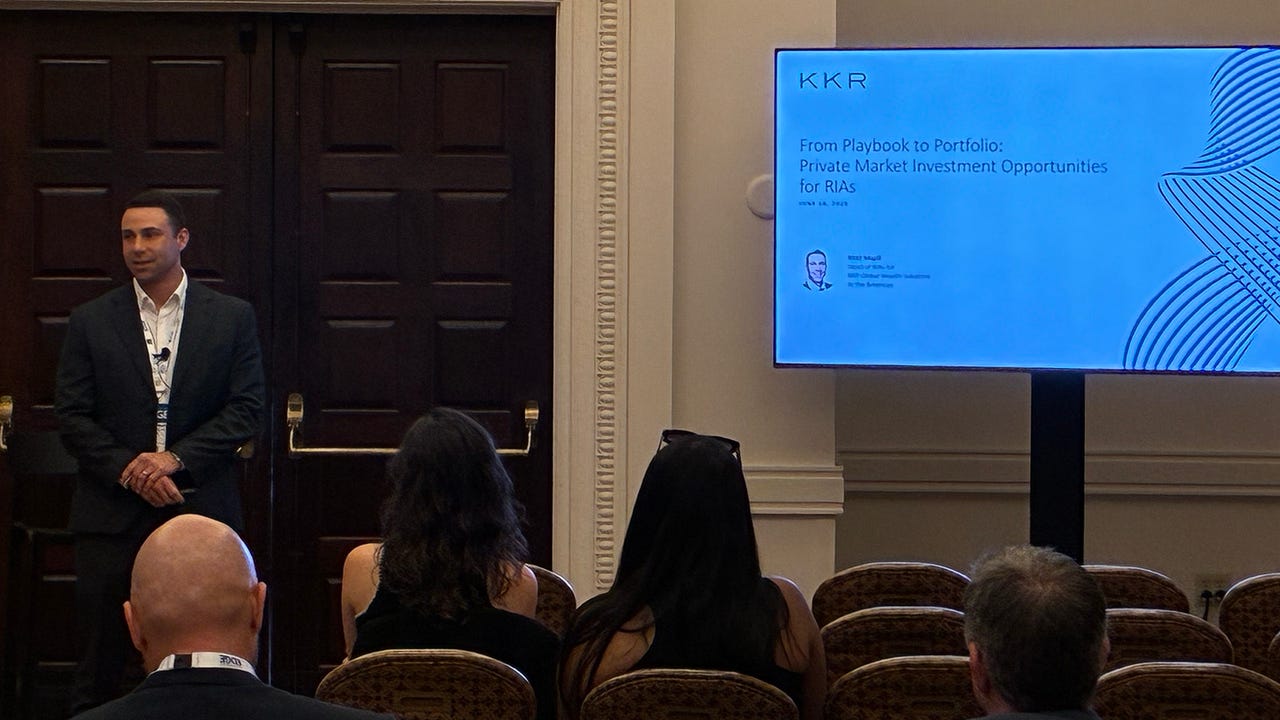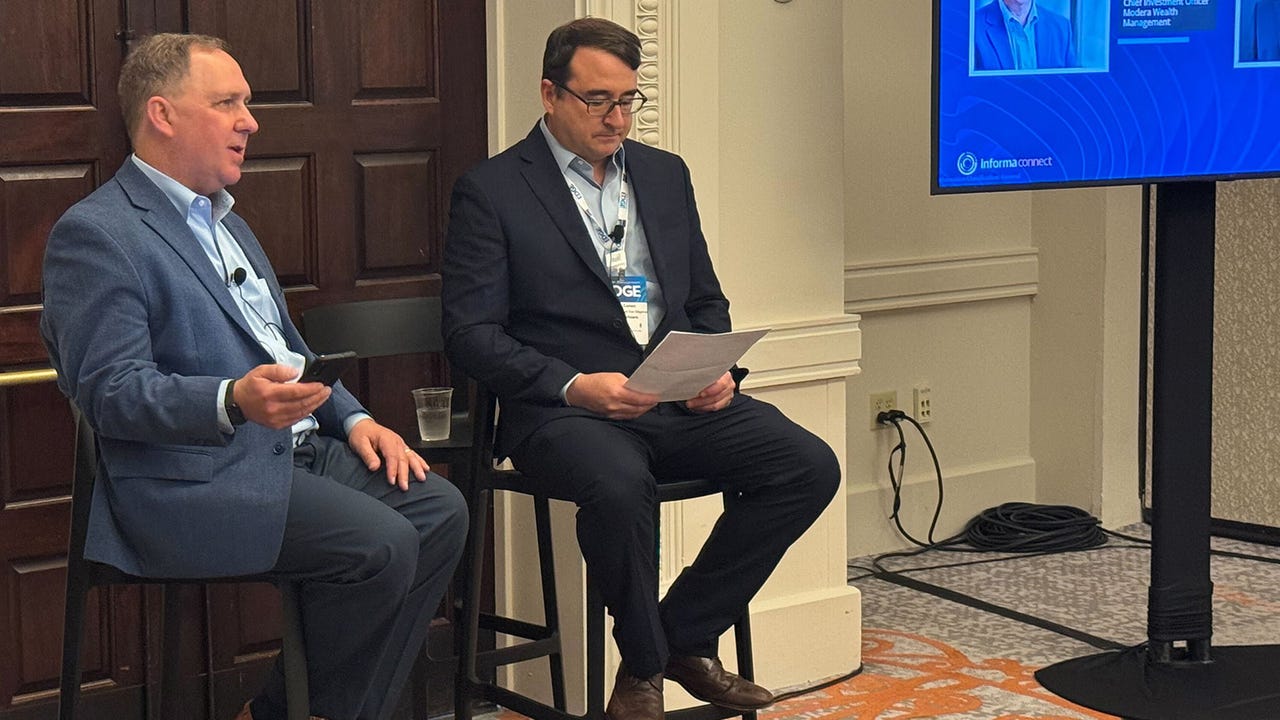Content Spotlight
Wealth Management 2025 Midyear Outlook
Navigate today's complex financial landscape with our comprehensive 2025 Midyear Outlook.
Allocating to Alternatives workshops at Wealth Management EDGE confirmed that evergreen funds have become the private markets investment wrapper of choice for RIAs.

Any doubts about the rise of evergreen funds—interval funds, tender offer funds, non-traded REITs and business development companies—were put to rest, judging by the discussions at the Allocating to Alternatives workshops at the Wealth Management EDGE conference on Tuesday at The Boca Raton resort in Boca Raton, Fla.
The workshops all aspects of private markets in the wealth space, including best practices for advisors, popular alternative asset classes, discussions of wrappers, how to approach due diligence and the state of tech in the alts space.
But what was clear throughout the day is that RIAs have wholeheartedly embraced evergreen funds as the vehicle for delivering alternatives. While there is still a place for traditional drawdown vehicles, particularly for high-net-worth clients who can meet the minimums and can afford the long lockup periods, evergreen funds are the clear choice for other clients.
Matt Magill, director, global wealth solutions for alternative asset manager KKR, kicked off the day with a high-level overview of the state of private market investment opportunities for RIAs. (KKR offers both traditional drawdown vehicles and evergreen funds.)
Magill argued the firm’s view that we are in a new investment regime, marked by higher inflation, higher interest rates, and increased geopolitical uncertainty. Amid those factors, the traditional diversification offered by 60/40 portfolios breaks down. According to Magill, pre-COVID-19, stocks and bonds had a 0% correlation, but in the current market, correlations have spiked to 0.75, something the firm expects to continue. Therefore, private market investments have a role to play in generating income, providing diversification and boosting returns, while offering a liquidity premium. In all, KKR advocates for a 40/30/30 split between public equities, traditional fixed income and private investments.

KKR's Matt Magill
Magill also cited research by the firm that found that while today 44% of advisors say that have less than 10% of client allocations to private markets (including 11% with 0% allocations), within five years only 9% said they expect to have less than 10% client allocations to private markets.
“There will be accelerated adoption, and we are excited to be part of that,” he said.
In a separate panel, Becky Lightman, founder, Lightman Capital; Chelsea Ganey, chief strategy officer, Moran Wealth Management; and Luke Melms, managing director, Firm Foundation Family Wealth, delved into best practices and assessed what clients are the best fits for adopting alternatives.
“The thing you have to ask yourself, if you’re not using alts and you want to, is whether it’s just for sake of doing it,” Melms said. Instead, “you have to match the unique challenge a client is experiencing with a solution.”
All three panelists also reflected on the unique position that independent advisors have compared to their counterparts at banks and wirehouses in having more freedom to pick and choose what funds to bring to their platforms.
“When you work in a big firm, it’s a very curated list. That’s what the menu is,” Melms said. “In the independent space, you get to have more autonomy.”
Ganey echoed that sentiment.
“In the Naples (Fla.) area, there are not a lot of RIAs,” Ganey said. “There are private banks. If I am looking at private credit, a private banker may have one or two options. Meanwhile, we are constantly looking at who the best athletes are and can move in and out.”
“It becomes more about your ability to curate,” Lightman added. “We quickly put up some pretty big guardrails for locking up in our firm. We pay attention to IRRs and the multiple on invested capital (MOIC). If someone is locking up their funds for over five years, I need a MOIC north of 2X and IRRs that are equity-like or better. We put pretty stringent guidelines on what we’re doing.”
A session featuring Benjamin Sayer, managing director, alternative investments group head with MAI Capital Management, and Mohan Gurupackiam, chief information officer, Steward Partners, continued the discussion by focusing on the steps for alts investing and the tech solutions, including outlining the differences between implementing drawdown funds and evergreen funds.
While the subscription process is similar, evergreen funds typically have more information about invested capital compared with drawdowns. For onboarding, while evergreen funds are often accessible to accredited investors, drawdowns are typically only open to qualified purchasers and institutions.
For post-investment reporting, drawdown funds use IRRs while evergreens focus on time-weighted returns. In addition, the typical 10-year timeframe of a drawdown fund features a J-curve, while performing evergreen funds can deliver returns on day one.
Lastly, the tax reporting differs, with drawdown funds usually providing K1s vs. 1099s for evergreen funds.
On the tech side, Sayer and Gurupackiam said while there have been incremental improvements in how wealthtech providers have streamlined the pre-trade, subscription and post-trade processes, work remains to further ease the process.
In addition, many advisors still need more training in the operational demands of private market investments, including how to incorporate them into financial planning, managing liquidity and financial analysis and modeling.
Next, George Padula, CIO, Modera Wealth Management, and Adam Cohen, head of due diligence, Cerity Partners, shone a light on the due diligence process for private markets, not just in terms of assessing fund and manager quality, strategy and valuations, but also examining business continuity plans, regulatory processes, reputational risk and third-party background checks.
“Running background checks is important,” Cohen said. “That includes schooling and work histories, credit history and court records. Some small managers may not have as many investors, so they have been subject to less due diligence. Also, they may have issues with succession. If it’s a smaller hedge fund run by one manager, what happens if the key decision maker is hit by the proverbial bus?”

Modera Wealth Management's George Padula and Cerity Partners' Adam Cohen
Cohen added he’s talked with smaller funds that have done no succession planning, which becomes an immediate red flag. Firms that have also not complied with regulatory obligations for a long time are “hard nos.”
Padula added that while his firm uses iCapital to help with its alternative investments, it also does independent due diligence and screenings of firms.
“We err on the side of being more conservative,” Padula said. “We have four main sleeves—private equity, private credit, private real estate and infrastructure, but we don’t rely on just what is on a platform and say it is approved. We also have higher minimums than what the fund may have itself and we do our own background checks.”
Eric Sterner, chief investment officer, Apollon Wealth, and Paul Keeton, director of investments & advisory solutions, Prospera Financial Solutions, closed out the workshops with a conversation about matching clients, strategies and wrappers.
Keeton affirmed the growing use of evergreen funds, but stressed that clients must fully understand what “limited liquidity” means.
“When you have a liquidity crunch or a credit squeeze and everyone wants access at the same time, they need to understand that limited liquidity really means limited liquidity.”
Interval funds, for example, typically have a cap of 5% per quarter. That means clients need to understand they won’t be able to withdraw money when they want, especially during a period of heightened redemption requests.
Sterner said Apollon offers both drawdown and evergreen funds on its platform, reserving drawdown funds for qualified purchaser clients and evergreen funds for others to give them some exposure to private markets. In addition, it uses four mutual funds and ETFs with alternatives as a “completion portfolio” strategy for some clients—funds it can roll into unified managed accounts and dial exposure up or down as needed.
Lastly, Keeton outlined the positive role private markets investments can play as a way of preventing panic trading.
“There’s an advantage to having something you can’t hit the red panic button on,” Keeton said. “We do the things we have to do to keep clients invested. In the absence of that, they can become part of a behavioral finance study” showing how retail investors underperform by being in and out of the market at the wrong times.
You May Also Like